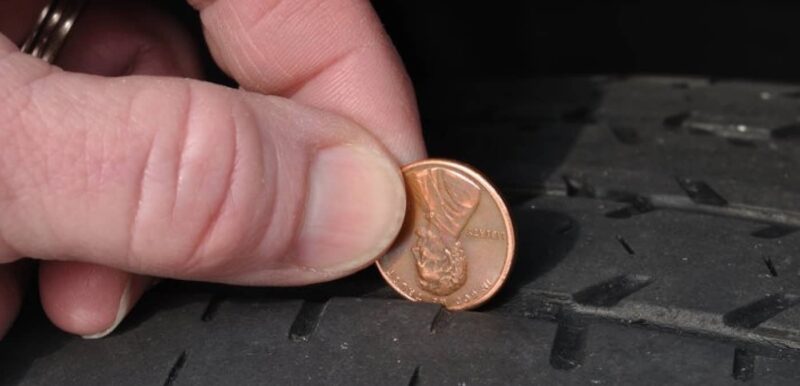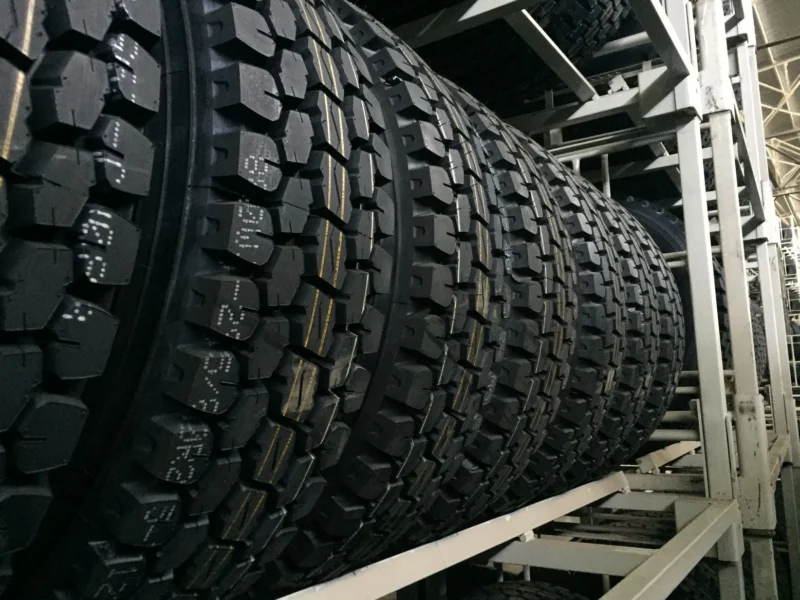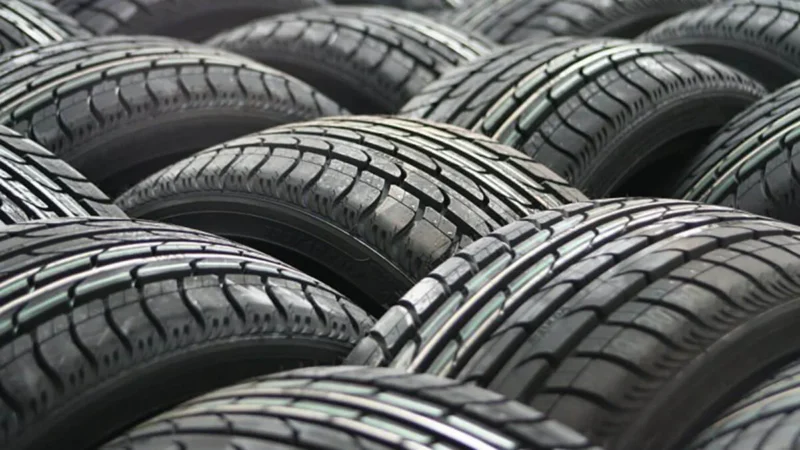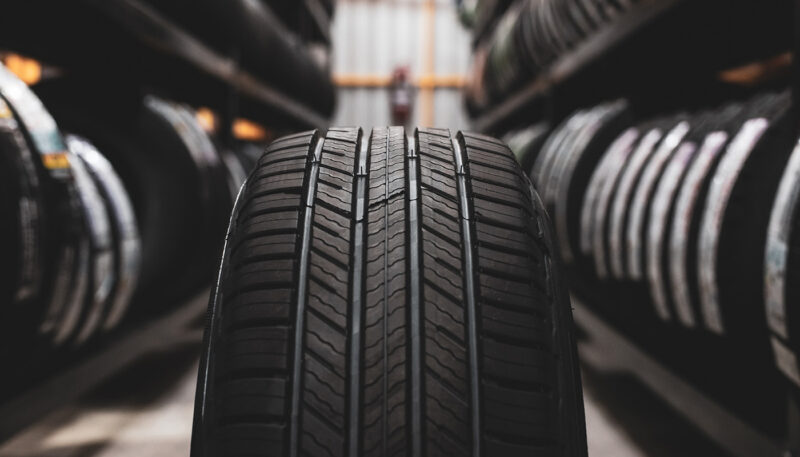Navigating the maze of used tire shopping can often feel like trying to solve a puzzle with a few missing pieces. Sure, the price tag on used tires can be incredibly appealing, especially when you’re balancing a tight budget. But the stakes are high—your vehicle’s tires are, quite literally, where the rubber meets the road.
They are the unsung heroes that stand between you and the pavement, making their safety features a non-negotiable priority. In this comprehensive guide, we’ll dig deep into the top safety features to look for when shopping for used tires, ensuring your used purchase doesn’t skimp on safety.
When you’re in the market for used tires, it’s not just about finding a bargain. Similar to shopping for used auto parts, it’s crucial to focus on quality and safety to ensure that your vehicle remains a safe mode of transportation. Let’s roll into the essential safety features that should be on your checklist when evaluating used tires.
1. Tread Depth: The First Line of Defense

The tread of a tire is not just about aesthetics—it’s your primary defense against losing control on slick surfaces. The depth of the tread impacts how well your tires can grip the road, particularly in wet conditions. For safe driving, it’s imperative to look for used tires with a generous amount of remaining tread. The minimum legal tread depth is 2/32 inches, but for optimal safety, especially in wet or wintry conditions, you should aim for at least 4/32 inches. Don’t just take a seller’s word for it; measure it yourself or have it checked by a professional.
2. Even Wear: A Sign of Healthy Tires
Evenly worn treads indicate that a tire has been used properly and maintained well. Uneven wear, on the other hand, can signal a host of potential problems—from improper alignment to issues with the suspension—all of which can compromise a vehicle’s safety. When inspecting used tires, check for any irregular wear patterns. Tires that show excessive wear on one edge or have patches of uneven wear might have been subjected to harsh driving conditions or neglected maintenance, which could shorten their lifespan and reduce their safety.
3. Sidewall Integrity: More Than Just Surface Deep

The sidewalls of tires are crucial for maintaining the structural integrity of the tire. Any signs of damage, such as cuts, cracks, bulges, or blisters, can be dangerous, potentially leading to tire failure while driving. These flaws can weaken the tire’s ability to withstand the pressures of daily use, making them vulnerable to blowing out under normal driving conditions. A thorough inspection of the sidewall should be non-negotiable when assessing the safety of used tires.
4. Age of the Tires: Don’t Overlook the Expiry Date
Just like perishable goods, tires have an expiration date too. The rubber compounds in tires degrade over time, regardless of how much tread they have left. This aging process can affect their performance and safety. Check the manufacturing date on the sidewall of the tire, represented by a four-digit code following the letters DOT. The first two digits indicate the week, and the last two represent the year of manufacture. Generally, it’s wise to avoid tires that are over six years old, as older tires can be prone to failure.
5. Patch and Repair History: Proceed with Caution

While minor repairs on a tire do not automatically rule it out as unsafe, understanding the history and quality of any repairs is essential. Poorly executed repairs or multiple patches can compromise a tire’s integrity. Inspect any repair work for signs of professionalism and durability. Be wary of tires that have been extensively repaired or show signs of internal damage, such as cords or belts that are visible through the rubber.


